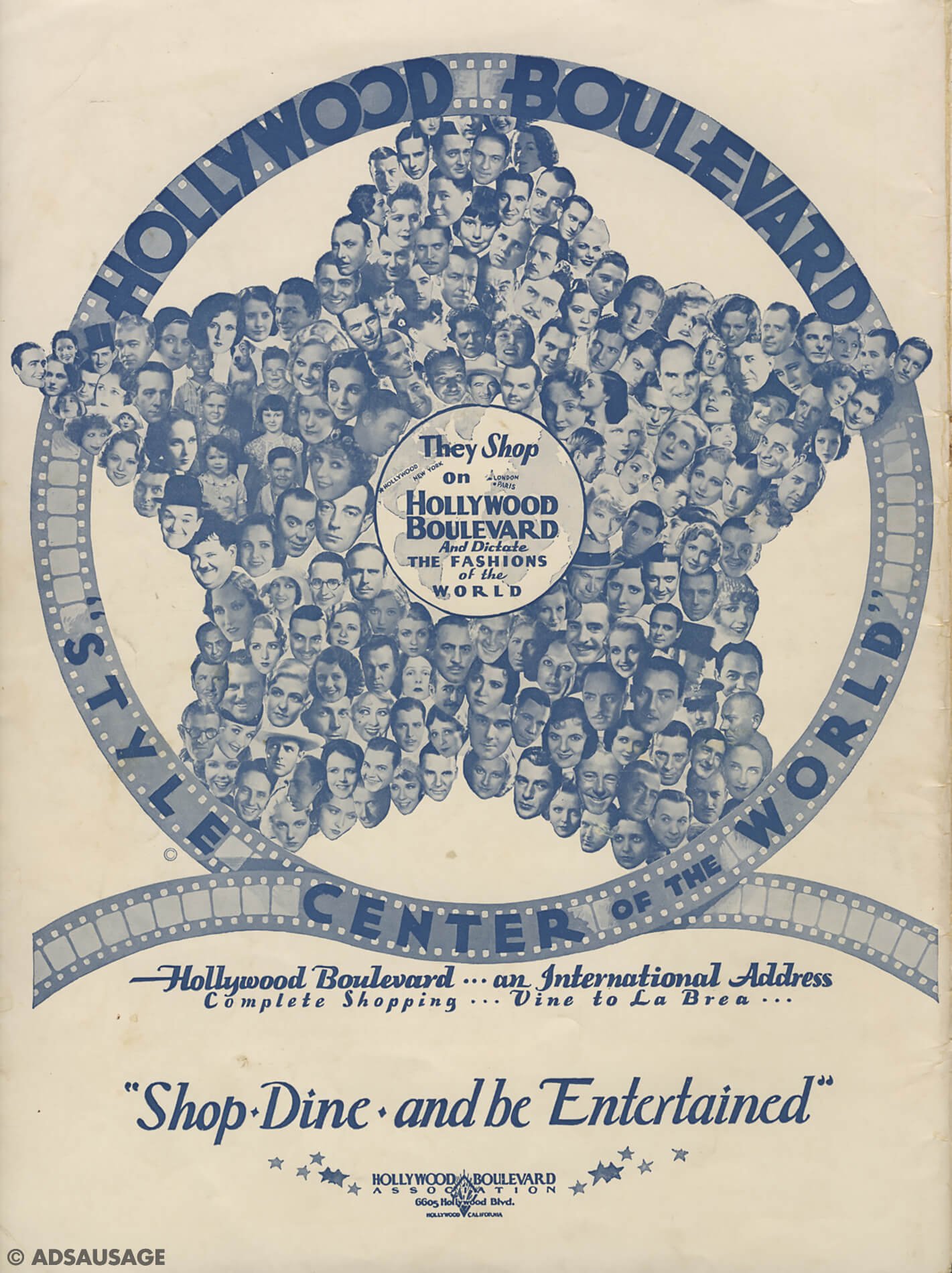The Los Angeles Evening Express was initially founded in 1871 under the management of a collective of printers. However, in 1875, ownership of the publication transferred to Colonel James J. Ayres and George Lynch, the proprietor of the Los Angeles Herald during that period.
The new owner expanded and improved the paper, which proclaimed itself the “only afternoon newspaper with the Associated Press news service”, as well as the “only Los Angeles newspaper that covers the rich suburban territory.”
In 1886, Lynch sold his half interest in the paper to Ayres. Eventually, in 1900, the paper was purchased by Edwin T. Earl, a wealthy individual who hailed from Red Bluff and made his fortune as the inventor of refrigerated freight cars. Additionally, he established and sold the Earl Fruit Company and invested in the Union Oil Company.
After Earl’s passing in 1922, his estate sold the Express (and the Hollywood News) to F. W. Kellogg and Edward A. Dickson.
In 1925, ownership of the Express changed hands yet again, as Kellogg sold his interest to Guy Earl Jr., the nephew of Edwin, and Edward Augustus Dickson. Then, in 1930, business tycoon William Randolph Hearst and Paul Block, a publisher from the east coast and a Hearst business associate, combined Hearst's Los Angeles Evening Herald with the Express to create a single publication called the Los Angeles Evening Herald and Express.
The Evening Express building at 236-240 South Hill Street was demolished in 1980 as part of the redevelopment of Angelus Plaza. The building — owned by the Times had been converted to a garage years earlier.
Former joint owner Edward Dickson and noted philanthropist undertook the campaign to establish a University of California in the city soon after being appointed to the Board of Regents in 1913, serving for an unprecedented 43 years (the final eight as chairman).
Dickson was instrumental in discovering the UCLA site in Westwood when the former campus on Vermont Avenue became too small. Known as the John Wolfskill ranch, the 383-acre tract was completely undeveloped when Dickson stumbled upon it.
A major contributor to the University, Dickson was known as the “godfather” of UCLA.
Former owner Edwin T. Earl built a grand mansion on Wilshire Blvd. overlooking Westlake Park (as did newspaper rival Harrison Gray Otis), which was purchased by the county in 1939. The historic structure with seven fireplaces and secret panels was used by the Southern California Historical Society and razed in the late 1950s to make room for additional parking for the County Art Institute.
The remains of the house, which at one time counted President McKinley as a guest, were destroyed by a fire in 1957.
The enterprising publisher and real estate owner facilitated the development of Bullock’s department store in downtown Los Angeles. Together with Arthur Letts — founder of the Broadway department store, the pair sought a tenant for the new space at 7th and Broadway.
After Earl and Letts signed a 50-year lease on the structure, Arthur Letts picked former Broadway employee John G. Bullock to head the new enterprise and named the store after him. His nephew Guy Earl Jr. was the owner of KNX radio station and passed away in 1986 at the age of 92.
Original co-owner Frederick Kellogg passed away in 1940 at the age of 73. The Ohio native founded the Long Beach Daily News in 1923, and briefly published it as a supplement to the Los Angeles Express.
The Los Angeles Evening Herald and Express was later published by David Hearst (d. 1986) until 1960.
Evening Express Yearbook, 1926
Evening Express Yearbook, 1929
Evening Express Yearbook, 1931
La Fiesta de Los Angeles































































































































